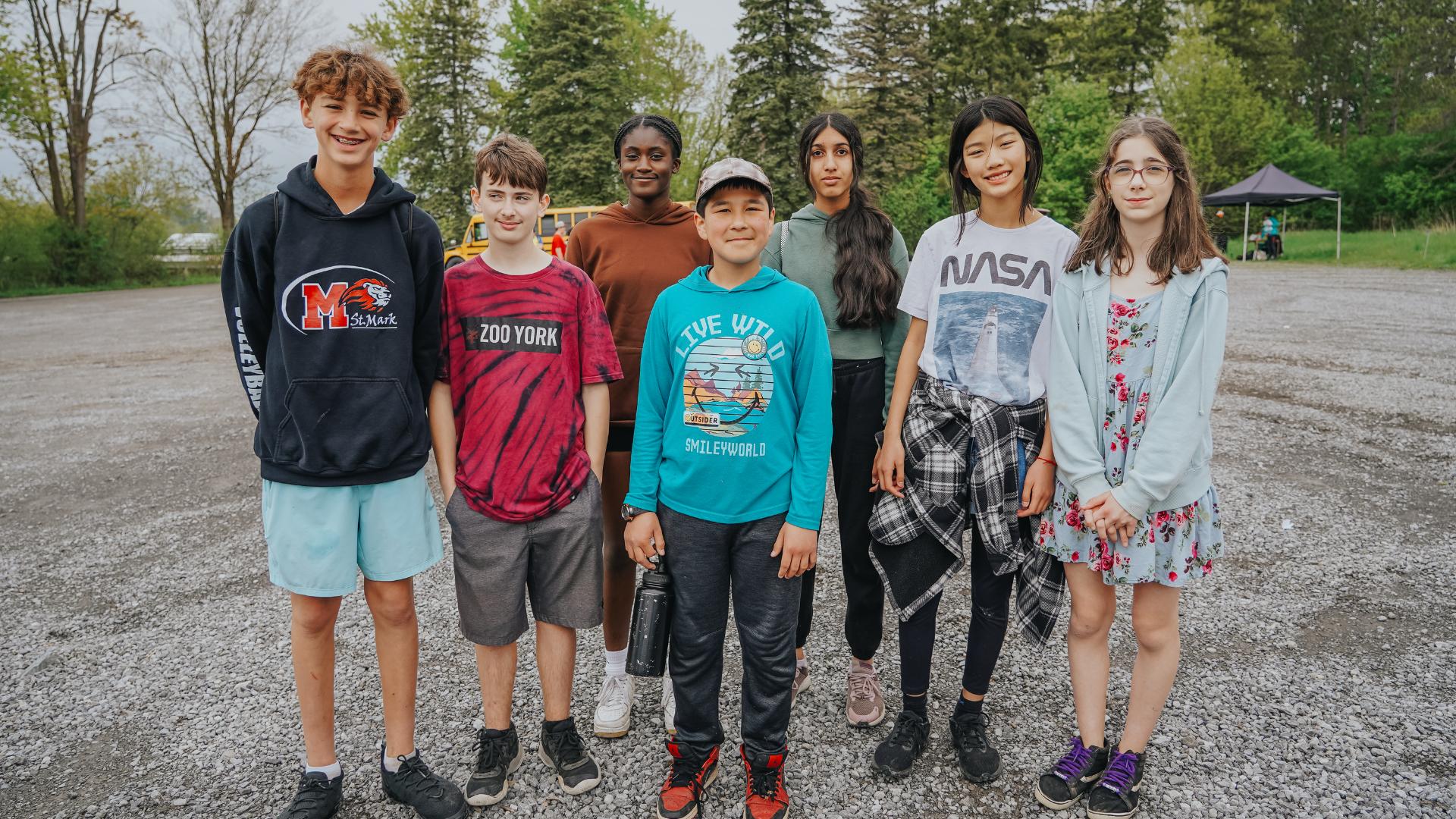Honouring the dignity of every person, we care for and support the well-being of all.
Our commitment to Be Well guided our efforts in prioritizing students’ and staff’s physical and mental well-being.
Building Mental Health and Well-Being in Our Schools
Our 2021-2024 Mental Health Strategy focuses on a vital goal: equipping our educators to support student mental health confidently. This year, we launched a mental health pilot in seven high schools to assess our progress and identify what’s working well. We discovered positive trends and a strong enthusiasm among staff for more mental health training. The takeaway? Mental health awareness is on the rise, and we’re here to open the door and keep that conversation going strong.
Our new Connect to Engage strategy (2024-2027) is all about fostering school communities where every student feels they belong. It’s designed to support every student, from universal programs to more intensive options, creating a positive, resilient environment for everyone. The idea is simple: when students feel connected, they thrive.
While students were off for the summer, we kept at it. Our Special Education and Student Services team ran programs that focused on building social skills, empathy, and wellness for students with Autism Spectrum Disorder. We hosted free camps and offered transition programs to help students ease back into the school routine. Mental health and well-being don’t take a break, and neither do we. We’re here for our students year-round.
Looking ahead, our new Mental Health, Addiction, and Well-Being Strategy (2024-2027) brings an even greater focus on equity, diversity, inclusion, and mental health. Our goal is to create schools where students feel seen, heard, and truly supported. We’re committed to training staff, empowering students to lead mental health initiatives, and strengthening connections with families and communities. When we work together, we’re stronger.
Advancing Indigenous Education
Our Indigenous Education team has been working hard to infuse Indigenous perspectives across our schools. This year, we focused on land acknowledgments to spark curiosity and learning at every grade level. We even reworked elementary science lessons to align with the seasons, supporting natural connections to the land. Through our new Indigi-Arts program, we’re bringing Algonquin representation and Indigenous-centered initiatives to all our schools. This collaborative work enriches learning and helps build respect and inclusion throughout our community.
Taking Learning Outdoors
The second phase of our Outdoor Learning Spaces project brought our classrooms outside, transforming our schoolyards into dynamic learning spaces. Last year, we set the stage by adding outdoor supplies and Wi-Fi. This year, we collaborated with designers to reimagine schoolyards with student, family, and staff input. The new designs feature spaces that encourage everything from hands-on activities to peaceful reflection. Next year, we’ll finish these upgrades at our elementary schools and look to bring this approach to our high schools.
Our OCSB Spring into the Outdoors Learning Conference brought educators together for a day of nature walks, photography workshops, scavenger hunts, and classroom gardening. They left inspired and loaded with fresh ideas to make outdoor learning meaningful and fun for students.
Leading Environmental Stewardship
At OCSB, caring for the environment is more than a value—it’s a way of life. Since joining EcoSchools in 2009, our schools have embraced sustainable practices, and it shows. Last year, 46 schools participated, with 40 earning certifications ranging from bronze to platinum. Our curriculum, grounded in the UN’s Sustainable Development Goals, empowers students to be champions for positive change, and we’re proud of the difference they’re making.
Continued Strong Performance in Energy Conservation
Our Energy Management Plan continues to be successful and is thriving due to behavioural and operational practices within our schools and continued investment in new energy-efficient technologies. Our central office and 52% of our schools are lit entirely with LED lights. The exterior and parking lot lighting in 82% of our schools has been converted to LED lighting. In June 2024, the Sustainable Schools program ranked the OCSB sixth in the province for electricity and natural gas savings. Since 2016, we have consistently ranked among the top ten energy-performing school boards.
